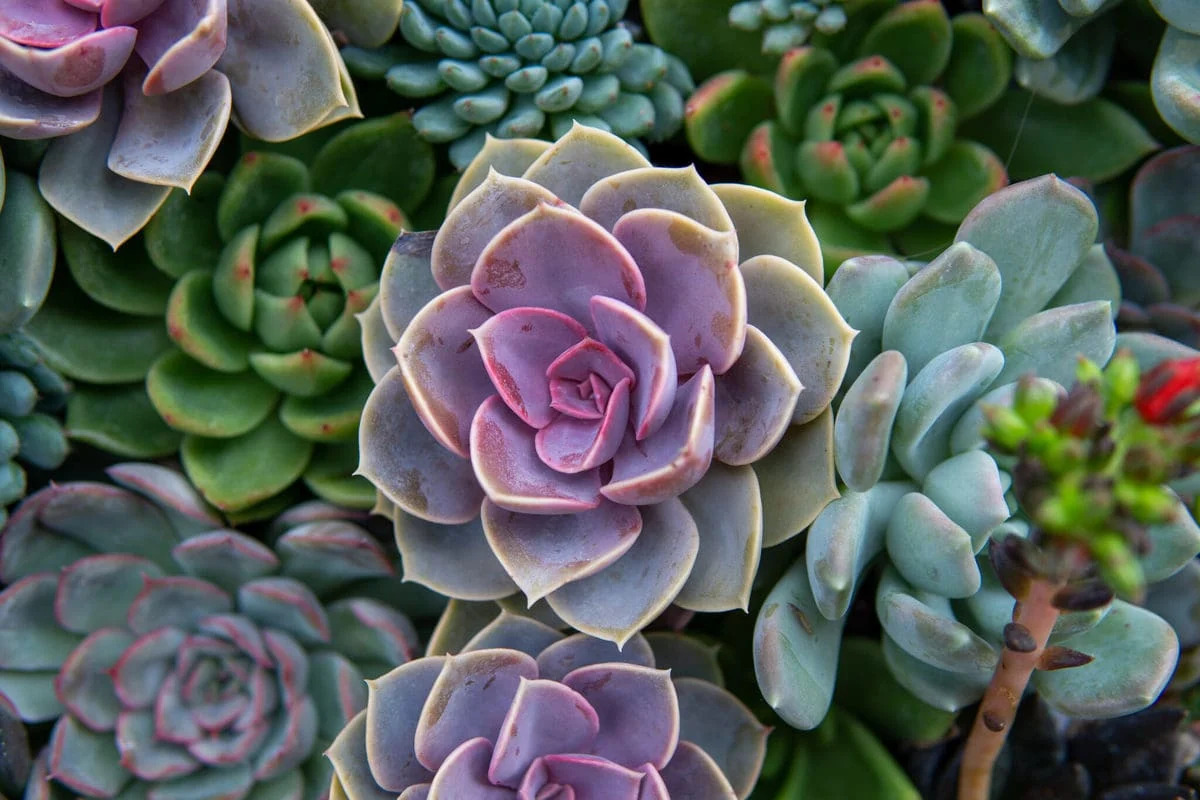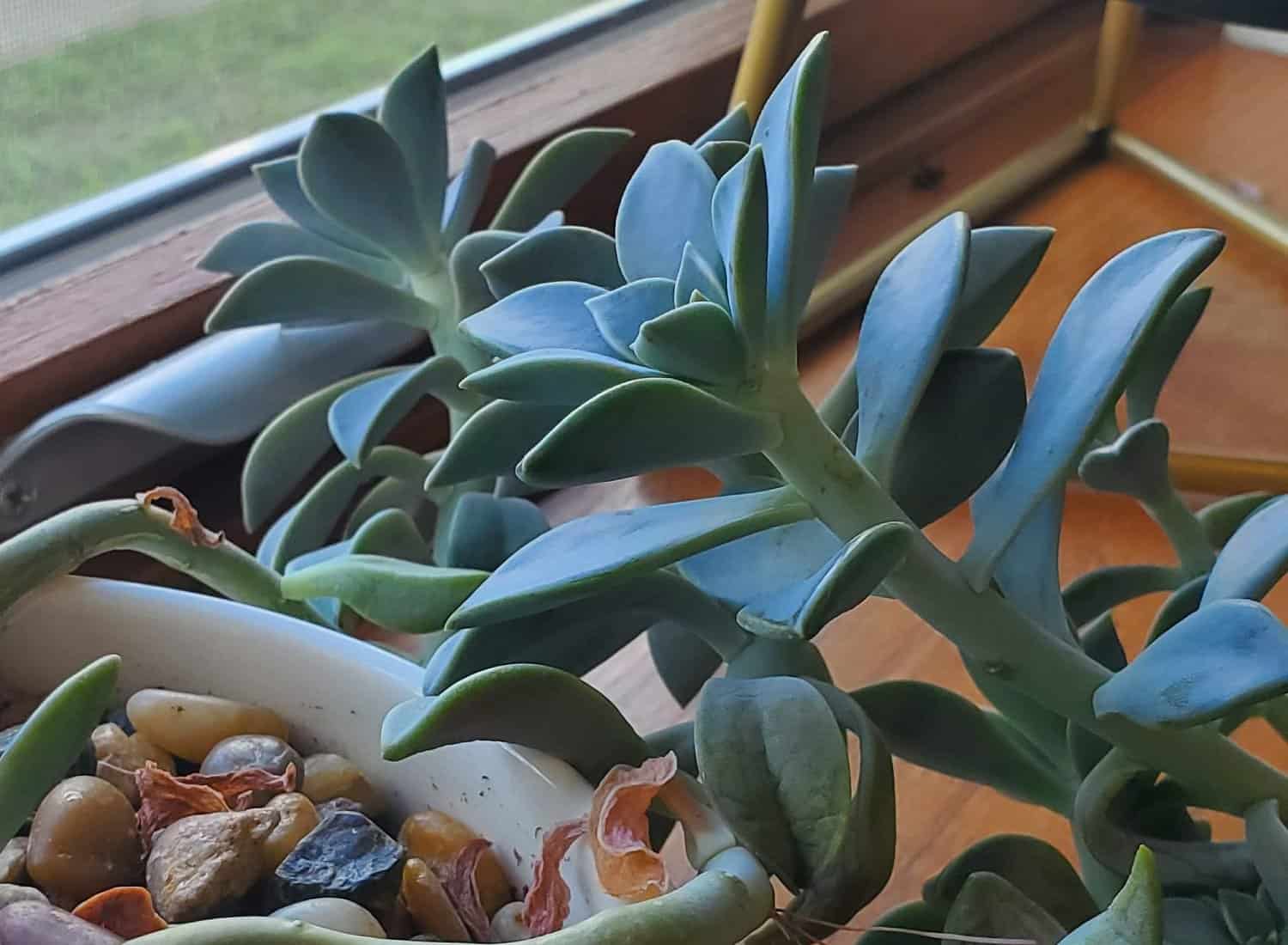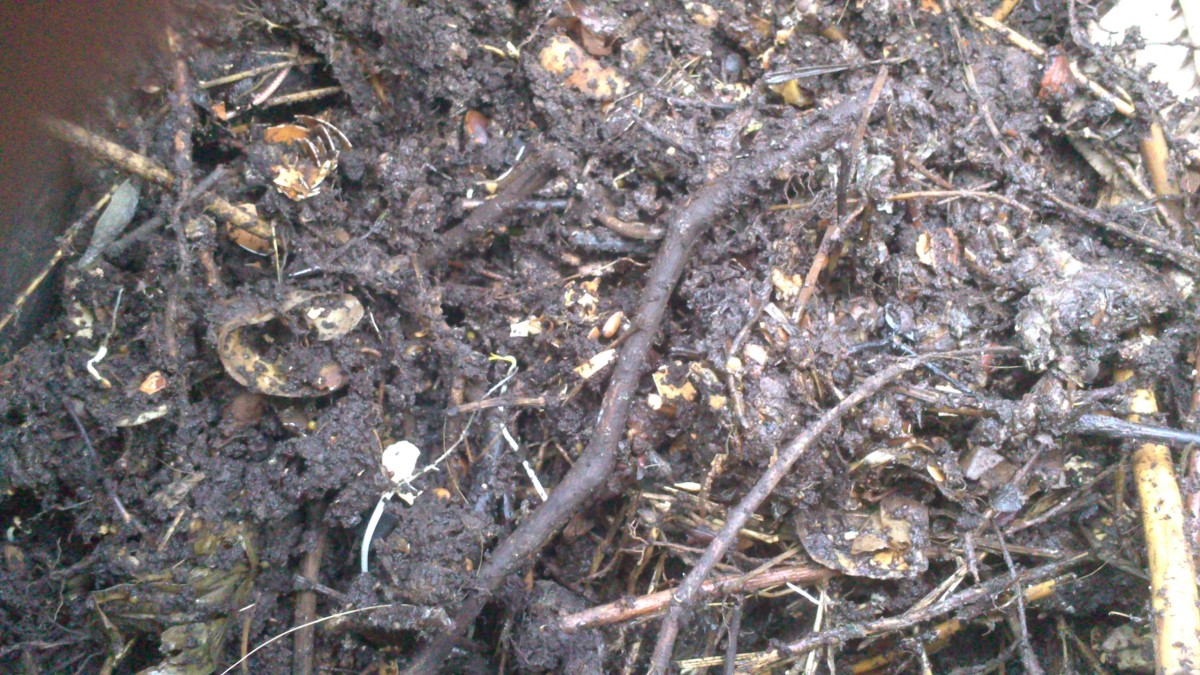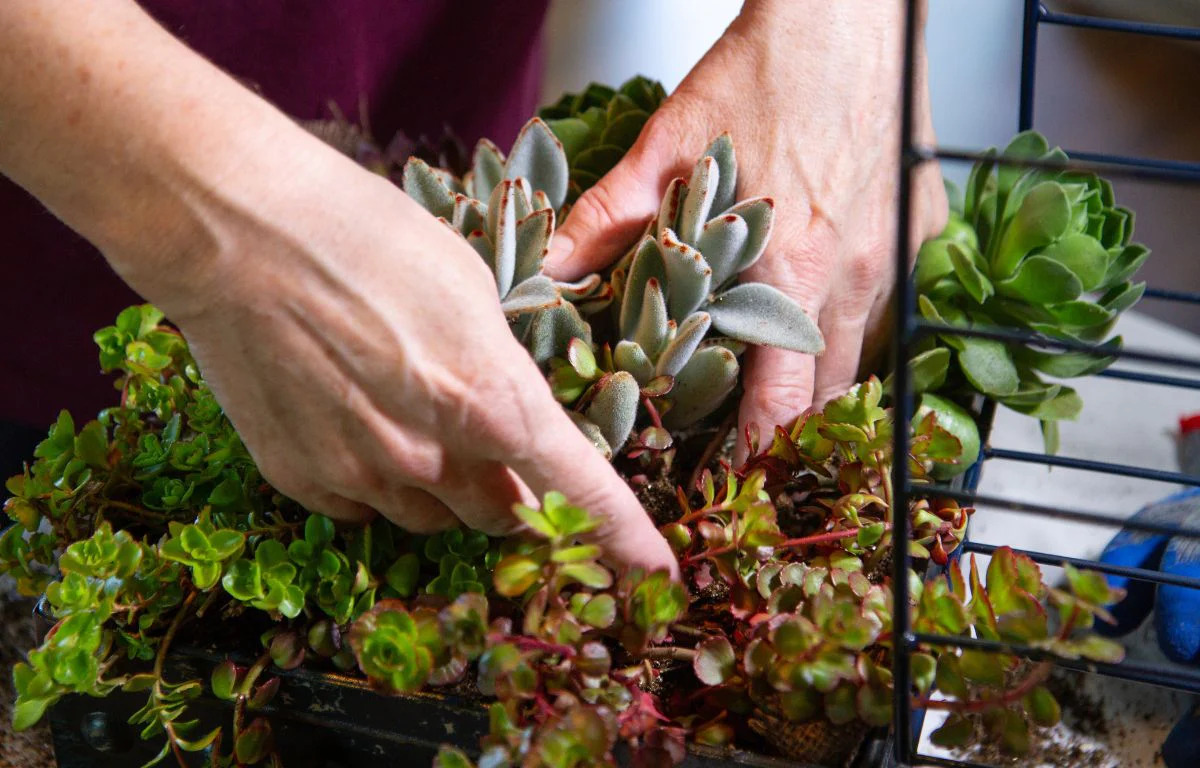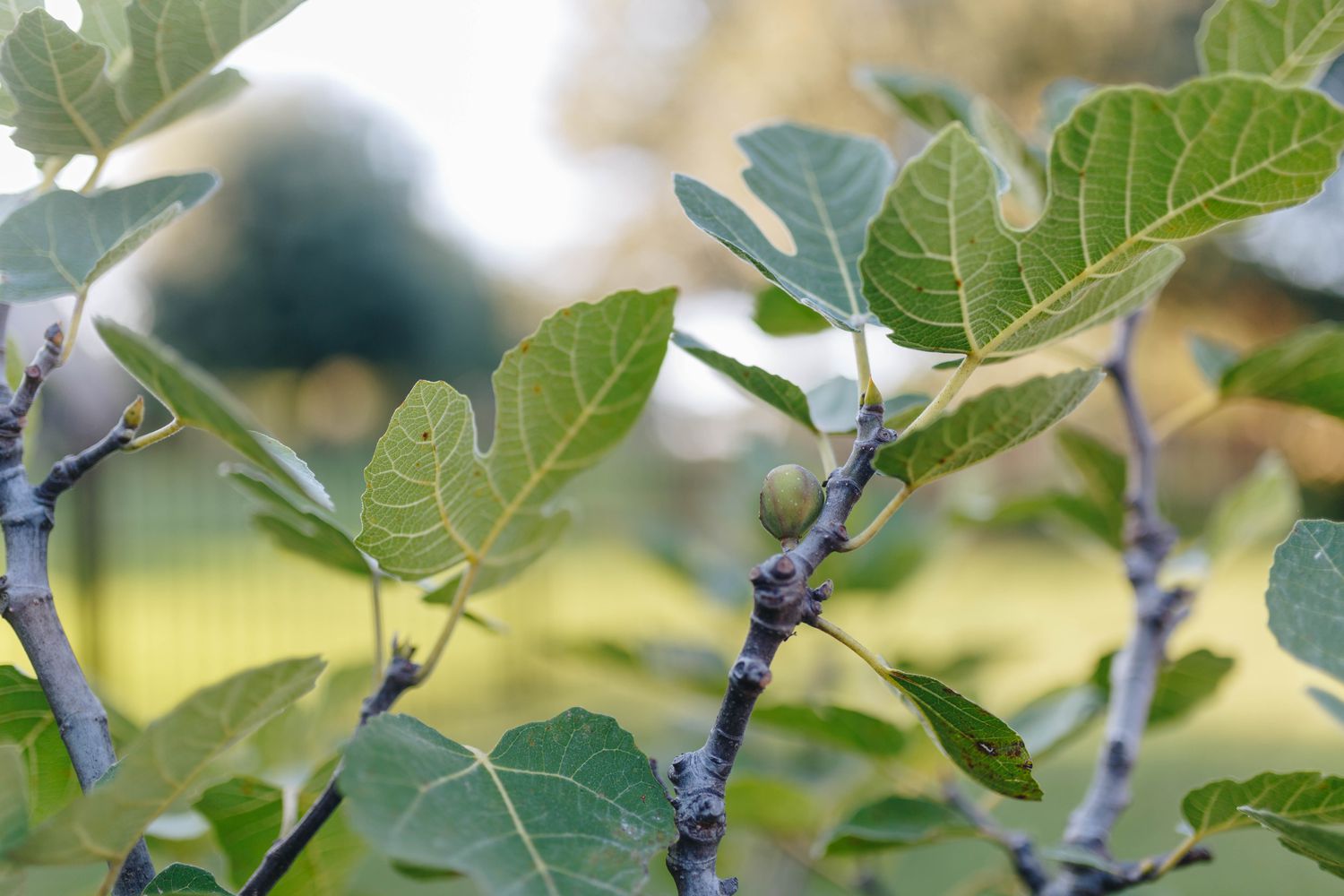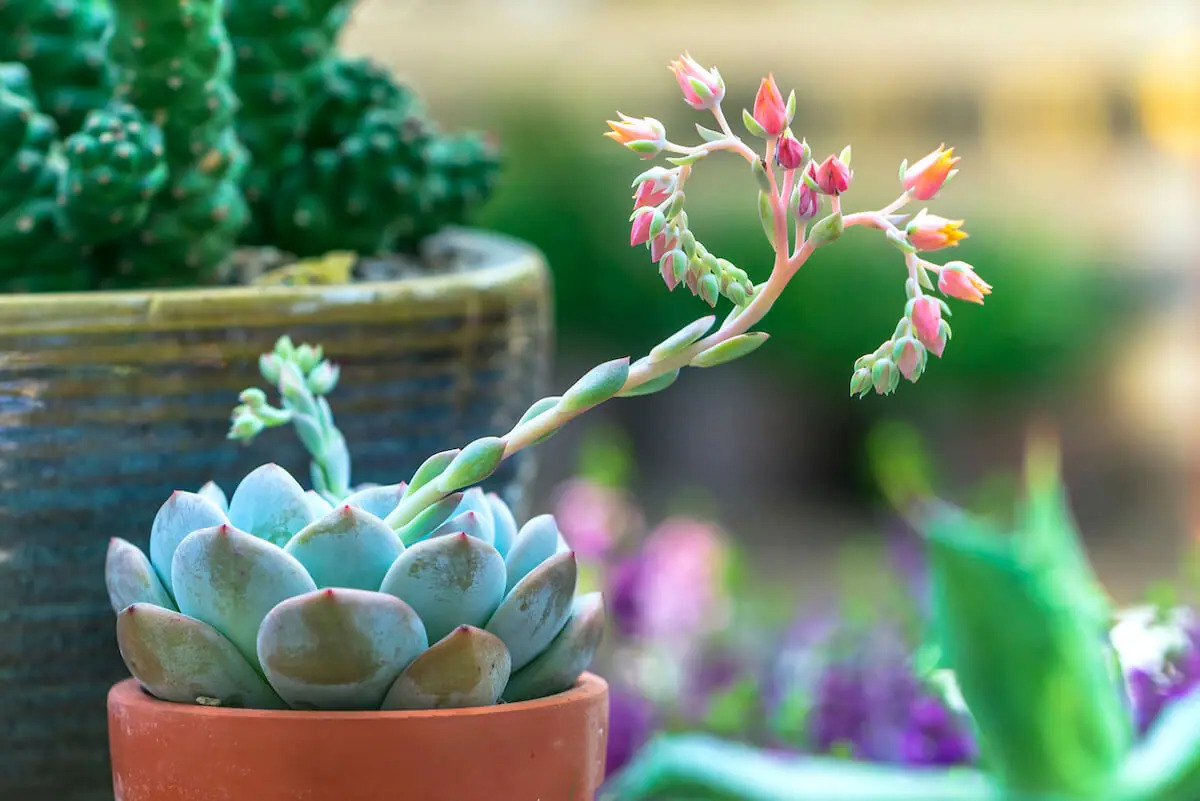Home>Types of Gardening>Ornamental Gardening>What Do You Do When Succulents Grow Too Tall


Ornamental Gardening
What Do You Do When Succulents Grow Too Tall
Modified: January 22, 2024
Discover tips and tricks for managing tall succulents in your ornamental garden. Learn how to address their growth and maintain their beauty.
(Many of the links in this article redirect to a specific reviewed product. Your purchase of these products through affiliate links helps to generate commission for Chicagolandgardening.com, at no extra cost. Learn more)
Table of Contents
Introduction:
Welcome to the world of ornamental gardening, where the beauty of nature flourishes in the form of stunning plants and flowers. Among the many species that grace our gardens, succulents have gained immense popularity in recent years. These resilient and low-maintenance plants not only add a touch of unique charm to any space but also thrive with minimal care.
However, one challenge that succulent enthusiasts may encounter is the issue of succulents growing too tall. While most succulents are known for their compact and rosette-like growth habits, some varieties can stretch out and reach unusual heights. This can disrupt the aesthetical balance of your garden and lead to a weakened structure for the plant.
In this article, we will delve into the reasons behind succulent overgrowth and explore effective preventive measures. Additionally, we’ll discuss pruning techniques and propagation methods that can help you maintain the ideal height and shape for your succulents.
Whether you’re a seasoned gardener or a beginner exploring the world of succulents, this article will provide you with valuable insights on how to tackle the issue of tall succulents and keep your garden thriving with beauty and vitality.
Understanding Succulent Growth:
Before we delve into why succulents may grow tall, it’s important to understand the basic principles of succulent growth. Succulents are characterized by their ability to store water in their leaves, stems, or roots, allowing them to survive in arid conditions. This adaptation gives succulents their unique fleshy appearance and enables them to thrive in a wide range of environments.
Typically, succulents have a compact and rosette-like growth habit, with leaves tightly clustered together. This growth pattern allows them to efficiently store water and withstand periods of drought. However, certain factors can cause succulents to deviate from their natural growth habit and stretch out, becoming leggy or tall.
One of the primary factors contributing to tall succulent growth is insufficient sunlight. Succulents require adequate light to photosynthesize and produce energy for growth. When succulents do not receive enough sunlight, they may become elongated as they stretch towards the available light source. This phenomenon, known as etiolation, results in weak and spindly growth.
Another factor that can contribute to tall succulent growth is improper watering. Overwatering or watering too frequently can lead to root rot, which can weaken the plant’s structure. In an attempt to survive, succulents will elongate their stems in search of oxygen and escape the saturated soil. This can result in taller and less compact succulent growth.
Furthermore, certain species of succulents naturally exhibit a taller growth habit. These types of succulents, often referred to as “trailing” or “vining” succulents, have a tendency to grow long and hang down, adding a cascading effect to your garden.
Understanding the factors that contribute to tall succulent growth is crucial in implementing the right measures to prevent or manage this issue. By providing appropriate lighting conditions and mindful watering practices, you can maintain the compact and vibrant appearance of your succulents.
Reasons for Tall Succulents:
There are several reasons why succulents may grow tall and lose their compact growth habit. Understanding these reasons can help you identify the root cause and take appropriate measures to address the issue. Let’s explore the most common reasons for tall succulent growth:
- Insufficient sunlight: Succulents thrive in bright light conditions. When they do not receive adequate sunlight, they may stretch out in search of more light. This elongation is known as etiolation and results in tall, weak stems.
- Improper watering: Overwatering or watering too frequently can lead to root rot in succulents. When the plant’s roots are damaged, it may try to survive by elongating its stem to escape the saturated soil. This can result in tall and leggy succulent growth.
- Lack of airflow: Proper airflow is essential for the healthy growth of succulents. A lack of airflow can create a humid environment that encourages elongation. This is particularly common in indoor environments with poor ventilation.
- Natural growth habit: Some species of succulents naturally have a taller growth habit. This is especially true for trailing or vining succulents, which are designed to grow long and cascade down.
- Unsuitable pot size: The size of the pot can play a role in succulent growth. If the pot is too small, the succulent’s roots may become restricted, leading to stressed and elongated growth. Conversely, if the pot is too large, the plant may struggle to absorb water efficiently, leading to weak and leggy growth.
- Age of the plant: Succulents, like many plants, go through different growth stages. Young succulents may exhibit more compact growth, while older plants may naturally grow taller as they mature.
These reasons for tall succulent growth highlight the importance of providing optimal growing conditions for your plants. By addressing these factors, you can prevent or manage the issue of overgrown succulents and maintain their ideal form and structure.
Preventing Succulent Overgrowth:
Preventing succulent overgrowth is key to maintaining the compact and aesthetically pleasing appearance of these plants. By implementing a few simple measures, you can promote healthy growth and prevent succulents from becoming too tall. Here are some effective strategies to prevent succulent overgrowth:
- Provide adequate sunlight: Ensure that your succulents receive sufficient sunlight. Place them in a location where they can get at least six hours of direct sunlight per day. This will help the plants maintain their compact growth habit and prevent etiolation.
- Water judiciously: Succulents are adapted to arid conditions and do not require frequent watering. Water them deeply but infrequently, allowing the soil to dry out between waterings. This will help prevent overwatering and root rot, which can lead to elongated growth.
- Optimize pot size: Choose an appropriate pot size for your succulents. The pot should provide enough space for the roots to grow without being overly constricted. This will promote healthy root development and prevent succulents from becoming stressed and leggy.
- Ensure proper drainage: Proper drainage is essential to prevent waterlogging and root rot. Make sure your succulent pots have drainage holes and use a well-draining soil mixture specifically formulated for succulents.
- Allow for airflow: Good airflow is important for succulent growth. If you are growing succulents indoors, ensure proper ventilation by opening windows or using fans to promote air circulation. This will discourage elongation caused by a lack of airflow.
- Monitor and adjust lighting conditions: Keep an eye on the lighting conditions for your succulents. If you notice signs of etiolation, such as elongated stems or pale leaves, consider moving the plants to a brighter location or supplementing with grow lights.
By following these preventive measures, you can create an environment that supports the natural growth habits of your succulents. This will help maintain their compact form, vibrant colors, and overall health.
Pruning Techniques for Tall Succulents:
When succulents grow tall and lose their compact form, pruning becomes a valuable technique to restore their shape and promote healthier growth. Pruning not only helps control the height of the plant but also encourages branching, resulting in a fuller and more aesthetically pleasing succulent. Here are some effective pruning techniques for tall succulents:
- Pinching: Pinching involves using your fingers or a sharp, clean pair of pruning shears to remove the tips of the succulent’s stems or leaves. This technique stimulates branching and promotes a bushier growth habit. Pinch just above a leaf node or 1-2 inches from the top to encourage new growth.
- Beheading: Beheading is a more drastic pruning technique that involves removing the entire top portion of a tall succulent. Use clean pruning shears to make a clean cut, leaving a small stem or stump. The plant may produce new shoots from the cut area, resulting in a more compact and branching growth habit.
- Stem removal: If you have a succulent with excessively tall and bare stems, consider removing some of the lower stems to promote a more compact appearance. Use pruning shears to cut the stems close to the base of the plant. This technique encourages the growth of new shoots from the remaining stems.
- Leaf removal: For succulents with leggy growth and bare stems, you can remove some of the lower leaves to expose the stem. This will create a more visually appealing and balanced look. Gently twist or cut off the lower leaves, being careful not to damage the stem or leaves above.
- Division: If your succulent has grown too large or leggy, you can consider dividing it into multiple plants. Carefully remove the plant from its pot and separate the clumps into individual plants. This not only helps control the size but also encourages healthier growth in each divided plant.
When pruning your succulents, ensure that your tools are clean and sharp to avoid damaging the plants. Additionally, apply a sterile and dry wound dressing, such as cinnamon powder, to the cut areas to prevent infections.
Remember, pruning should be done with care and in moderation. It’s essential to gauge how much pruning is necessary for your specific succulent species and its growth habit. Observing the natural growth patterns of your succulents and using these pruning techniques selectively will help maintain their health and aesthetic appeal.
Propagation Methods for Overgrown Succulents:
When succulents become overgrown and lose their compact shape, propagation provides an excellent opportunity to not only rejuvenate the plants but also create new ones. Propagation involves taking cuttings or dividing the plant to produce new individual succulents. Here are some common propagation methods for overgrown succulents:
- Leaf cutting: Leaf cutting is a popular method for propagating succulents with fleshy leaves, such as Echeveria or Sedum. Gently remove a healthy leaf from the parent plant, making sure to include the base of the leaf. Allow the leaf to callus over for a few days, and then place it on a well-draining soil mixture. Mist the soil lightly and keep it slightly moist until new roots and rosettes form from the base of the leaf.
- Stem cutting: Stem cutting is suitable for succulents with thick, woody stems, such as Jade plants or Pencil cacti. Use clean pruning shears to make a clean cut just below a leaf node. Allow the cutting to dry for a few days before planting it in a well-draining soil mix. Keep the soil slightly moist until new roots develop, then gradually reduce watering as the plant establishes itself.
- Offsets or pups: Many succulents produce offsets or pups, which are small plantlets that grow at the base of the parent plant. Gently separate the offset from the parent plant using a clean knife or your hands. Plant the offset in a separate pot or location, ensuring that its roots are covered with soil. Provide proper care and watering, and the offset will grow into a new, independent succulent.
- Division: Division is a method used for succulents that form clumps or rosettes, such as Aloe or Agave plants. Carefully remove the entire plant from its pot and gently separate the clumps into individual plants. Ensure that each division has healthy roots and replant them in separate pots with well-draining soil. Provide appropriate care and monitor their growth as they establish themselves as new succulents.
- Leaf insertion: Some succulents, like certain types of Senecio or Kalanchoe, can be propagated by inserting a healthy leaf partially into the soil. Gently insert the base of the leaf into the soil, leaving the tip exposed. Keep the soil slightly moist until new roots and plantlets emerge from the base of the inserted leaf.
Propagation is an exciting and rewarding way to manage overgrown succulents, while also expanding your succulent collection. Remember to provide proper care, including adequate lighting, well-draining soil, and appropriate watering, to ensure the success of the propagated plants.
By utilizing these propagation methods, you can not only address the issue of overgrowth but also create numerous new succulents to share with friends, family, or fellow gardening enthusiasts.
Conclusion:
Ornamental gardening enthusiasts who love succulents understand the importance of maintaining their compact growth habit. Tall succulents not only disrupt the visual balance of a garden but can also indicate underlying issues that need to be addressed. By understanding the factors contributing to succulent overgrowth and implementing preventive measures, such as providing adequate sunlight, proper watering, and optimizing pot size, you can promote healthy and compact succulent growth.
When succulents do grow tall and leggy, pruning becomes a valuable technique. Pinching, beheading, stem removal, leaf removal, and division are effective methods to control height and encourage rejuvenation and branching. Furthermore, propagating overgrown succulents through leaf or stem cuttings, offsets, or division allows you to create new plants while addressing the issue of overgrowth.
Remember, successful succulent care also relies on providing optimal growing conditions such as well-draining soil, suitable watering practices, and proper airflow. Regular monitoring and adjustment, along with attentive care, will ensure that your succulents remain healthy and display their unique beauty.
In the world of ornamental gardening, the journey of nurturing succulents involves understanding their growth habits, adjusting conditions accordingly, and taking proactive steps when necessary. By implementing the techniques and strategies outlined in this article, you can enjoy the beauty of well-maintained succulents, with their vibrant colors and compact form, enhancing your garden and providing a delightful sight for all to admire.
